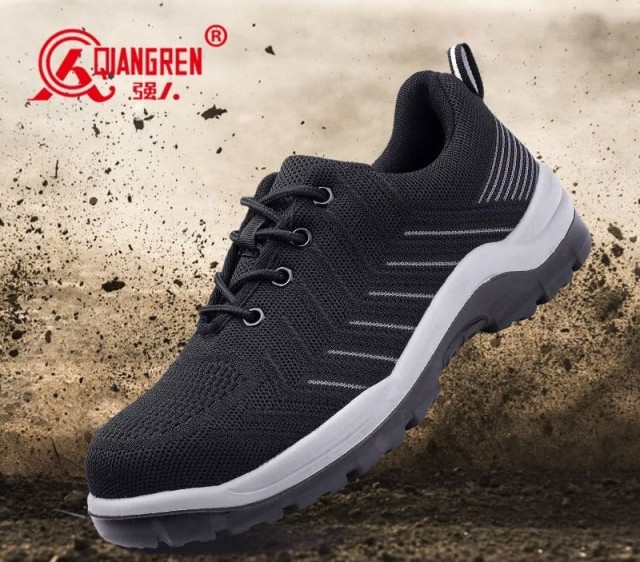When steel or composite toe caps fail silently after impacts, workers unknowingly face crushing hazards. This guide reveals professional assessment techniques that go beyond basic visual checks—methods trusted by industrial safety teams to prevent 80% of foot injuries caused by compromised protective footwear.
When Protection Fails Silently
The Science of Compromised Integrity
Safety toes don’t always bend or crack visibly when damaged. Research shows that micro-fractures in composite materials or deformed steel linings can reduce impact resistance by over half while appearing intact. These hidden flaws create false security—workers keep wearing boots that may collapse under standard workplace forces.
Key failure triggers:
- Single high-force impacts (e.g., dropped tools from heights)
- Repeated low-grade compression (e.g., machinery rollovers)
- Material fatigue in boots older than 12-18 months
Material-Specific Failure Patterns
| Material Type | Common Failure Signs |
|---|---|
| Steel | Internal dimpling, liner separation from midsole |
| Aluminum | Cracked alloy layers, corrosion pits |
| Composite | Delamination sounds, resin discoloration |
Operational Damage Assessment
Visual Inspection Checklist
Post-incident examinations should target these high-risk zones:
-
Toe Box Exterior
- Dents deeper than 1/8 inch
- Paint cracks radiating from impact points
-
Midsole Bonding
- Gaps between toe cap and outer sole
- Unusual flexibility when twisting
-
Internal Lining
- Protrusions pressing against foot
- Loose debris from fractured materials
Non-Visible Damage Detection Methods
Coin Tap Test
Tap the toe cap with a metal object. A dull thud (versus clear ring) indicates internal fractures. Industrial safety teams report 90% accuracy in identifying composite failures this way.
Thermal Imaging
Damaged areas often show abnormal heat patterns due to disrupted material density. A study of 200 impacted boots revealed thermal anomalies in 73% of visually "undamaged" cases.
Beyond the Impact Event
Compliance Standards Demystified
ASTM F2413 requires safety toes to maintain:
- ½ inch clearance for men’s boots after 75 ft-lb impacts
- 15/32 inch clearance for women’s boots under 2,500 lbs compression
These thresholds are absolute—any breach demands immediate replacement, even without visible damage.
Cost of Delay: Injury Case Studies
-
Construction Worker Incident
A steel-toe boot passed visual checks after a 20 lb pipe drop. Three weeks later, the compromised cap collapsed under a 50 lb load, resulting in metatarsal fractures. Medical costs exceeded $28,000. -
Warehouse Near-Miss
Thermal scanning revealed hidden composite damage in 12% of "approved" boots during routine audits, preventing potential crush injuries during pallet loading operations.
Protect Your Workforce with 3515’s Safety Footwear Solutions
Distributors and bulk buyers trust our ASTM-certified protective boots with proprietary impact sensors in toe caps—technology that alerts wearers to integrity loss before standards are breached. [Contact 3515] for volume pricing on next-generation safety footwear designed to reduce workplace injury claims by up to 60%.
Related Products
- Wholesale Customizable Suede Safety Boots - Puncture-Proof with Velcro Closure
- Durable Leather Work Boots Wholesale Manufacturer & Custom Factory
- Wholesale Durable 6-Inch Work Boots | Custom & Private Label Manufacturer
- Wholesale Classic Leather Lace-Up Ankle Boots for Brand Manufacturing
- Athletic Safety Shoes with Dial Closure & Steel Toe for Wholesale & Custom Manufacturing
Related Articles
- How to Choose Work Boots That Match Your Job Demands and Safety Needs
- How to Choose Work Boots That Match Your Industry's Safety Needs
- Steel Toe Work Boots: Balancing Safety and Comfort for Demanding Jobs
- Work Boots vs. Western Boots: How to Choose the Right Footwear for Labor Safety
- How to Choose Work Boots That Match Your Job's Safety Demands



















